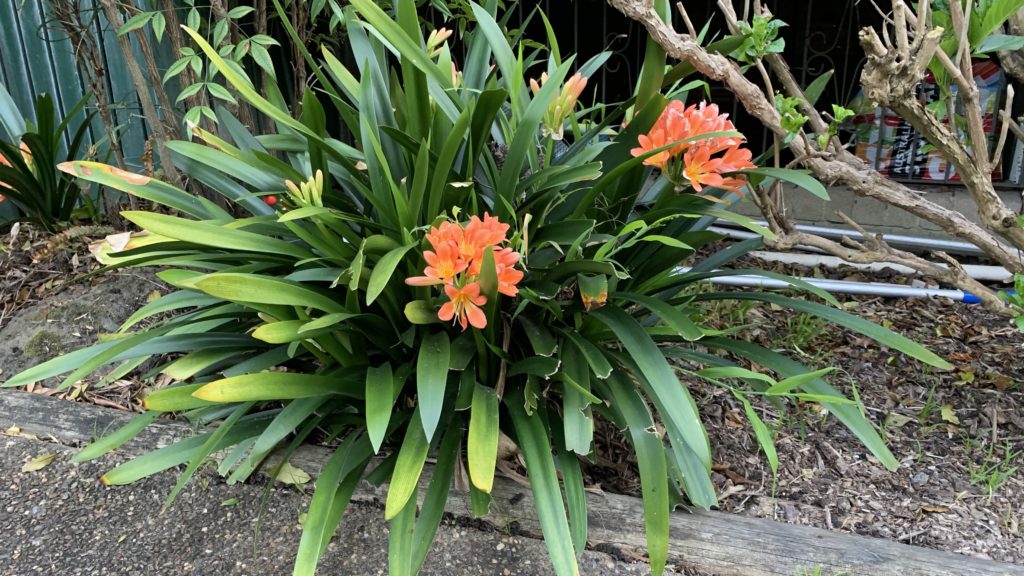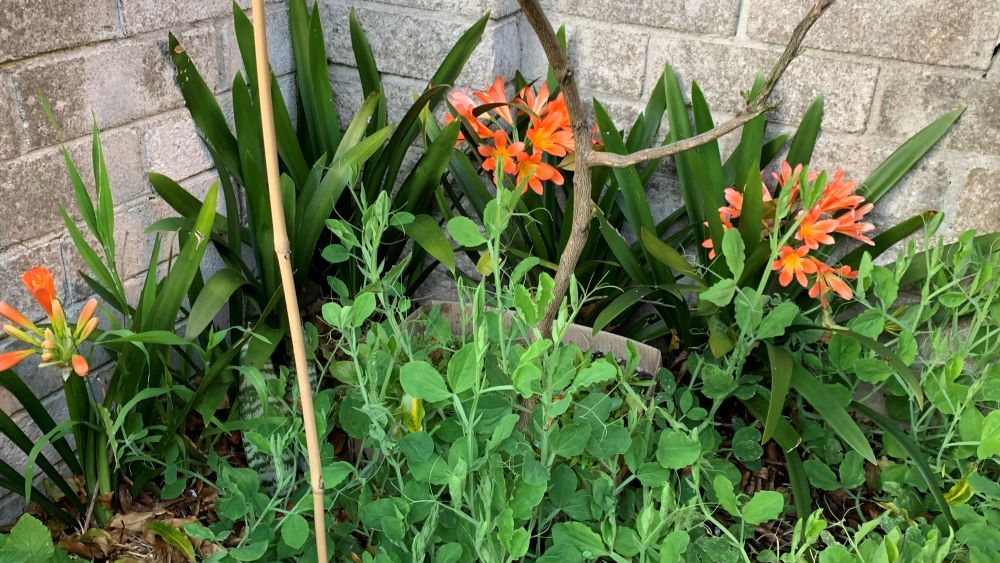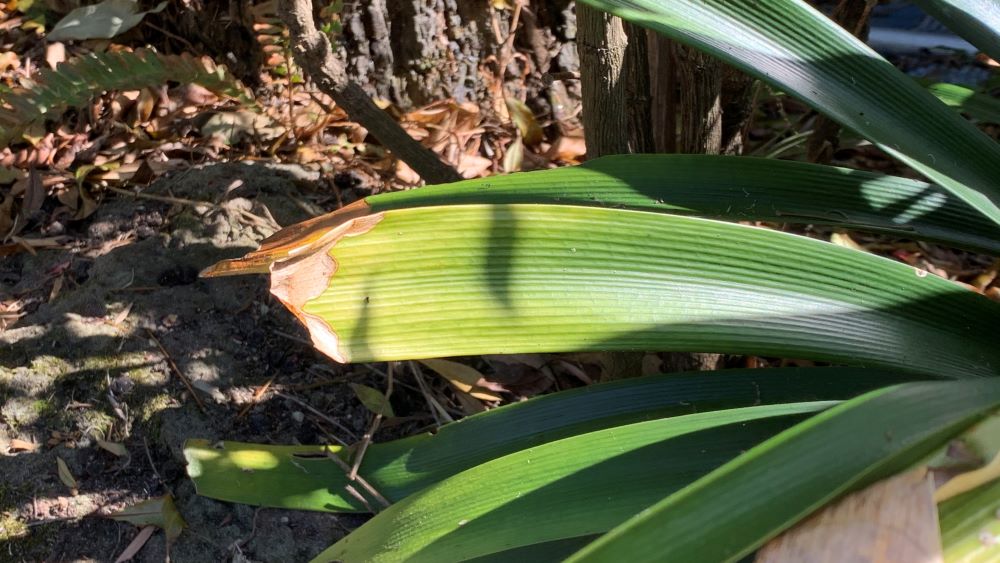Clivias will divide over the years. Clivias grow from a rhizome which will grow underground. The new plant will shoot up through the soil and grow a new green stem and flowers. These clumps of clivias can be lifted and divided to create new plants in Fall.
How to divide clivias
Clivia are a fantastic fast growing plant that will reproduce new plants in the right conditions. Growing in part shade and watered well, you will have lots of new plants. Here is how to divide them.

1. Identify a good quality clump of clivias
Find a larger clump of clivias. If you can count up to 5 plants from coming from the same root this will be the perfect clump of clivias to divide.
2. Dig up the clump using a sharp spade
Dig up the clump of clivias digging from at least 5 inches away from the center clump of plants. This will ensure that few roots will be cut off. Dig the spade all the way round the clump and lift it slightly. This should release the plant enough to be able to pop it out of the ground.
3. Remove most of the soil
Knock off most of the soil from a clump of clivias. Shake the clump and most of the soil should drop off the from clump. This will let you see the clivia stems which are ready to be separated.
4. Separate the stems
Grab each main stem from the clump of clivias and gently shake and pull them away from the clump. Trim off any connections to the main clump using sharp secateurs. Small amounts of roots that are tangled or the rhizome is still attached trim them off.
Make sure you don’t remove too much of the root system otherwise the rhizome will struggle. Make sure the stem is thick and strong and ready to grow on its own. If the stem is too thin, then leave it attached to another strong stem and transplant them together.

5. Prepare the hole with cow manure and compost
Make sure the hole you are planning to plant it in is improved with good quality organic matter. Mix through the organic matter through the soil with a garden fork ready to plant your new clivia.
6. Plant the clivias at the same level they were in the ground
Place the new clivia plant in the prepared soil making sure it is as deep a it was in the original hole. The old soil level can be seen where the plant turns lighter. Firm the soil back around the plant well to hold it in place and reduce the air pockets around the plant root zone.
7.Mulch
Mulch around the clivia plant using bark chips to keep the plant moist. While clivias grow best is full shade, they can be kept most for longer in part shade conditions using a 2-3 inch layer of mulch.
8. Water in well
Water the newly planted clivias in well using the spray nozzle on your hose. This will help the soil to settle around the roots of your plant, reducing the large air pockets and making sure the plant can access the nutrients it needs.
Water the plant regularly so that it settles in and sends out new roots. The plant will appear dormant over the winter and will take a season to settle into place.

By late winter if they have been transplanted well, they may even flower.
The clivias I iplanted this year in Fall are not flowering and it is late witner. Their leaves should look a dark green color and should be straight and strong.
Clivia leaves will start to yellow on the ends as the leaves finish and these old leaves can simply be trimmed off using secateurs. If the plant starts to turn yellow further in closer to the center, give it a feed of nitrogen fertilizer and reduce the watering schedule.
When to divide a clivia
The best time to divide and move a clivia plant is in Fall. This is where the weather is milder and it will give it the cooler winter months to settle into the space.
Clivias that are moved in the warmer Summer months will struggle to settle in when the weather heats up. Clivias can be transplanted in Spring if you have to but make sure you water them well otherwise they will suffer.
Dividing clivia clumps early in the morning before the weather warms is also a great idea. This will limit the heat the bare stem is exposed to. Getting the plant in the ground before the heat of the day will protect the plant from damage and give it the best chance to bounce back to life quickly.

How thin can I divide my clivia?
Clivia plants can be divided into individual stems as long as the stem is strong, thick and dark green. Clivias are a hardy plant and as long as they have a good roots system and part of the rhizome still attached they will grow well.
I have recently planted 6-8 clivia stems that came from a single clump. They have all grown successfully even the smallest one. The key to success was to water them well once they were first planted out and making sure they are planted into good soil.
Do clivias multiply? | Summary
Clivias will multiple after 3-5 years and be ready to be lifted and separated into more plants. Keep the plants yourself or give them away to neighbors. The benefit of dividing a large clump of clivias is that you will give each individual plant more room and more nutrients.
Eventually, a large clump of clivias will struggle to grow without being divided so if you have a large clump at home, lift and divide them to give them new life.
For more on clivias, check out my previous article here:
Yellow leaves on Clivias | Problem solved
I am an accredited practicing dietitian, experienced gardener and a dedicated cook. I love writing and sharing my experience so you can learn from my successes and mistakes.
